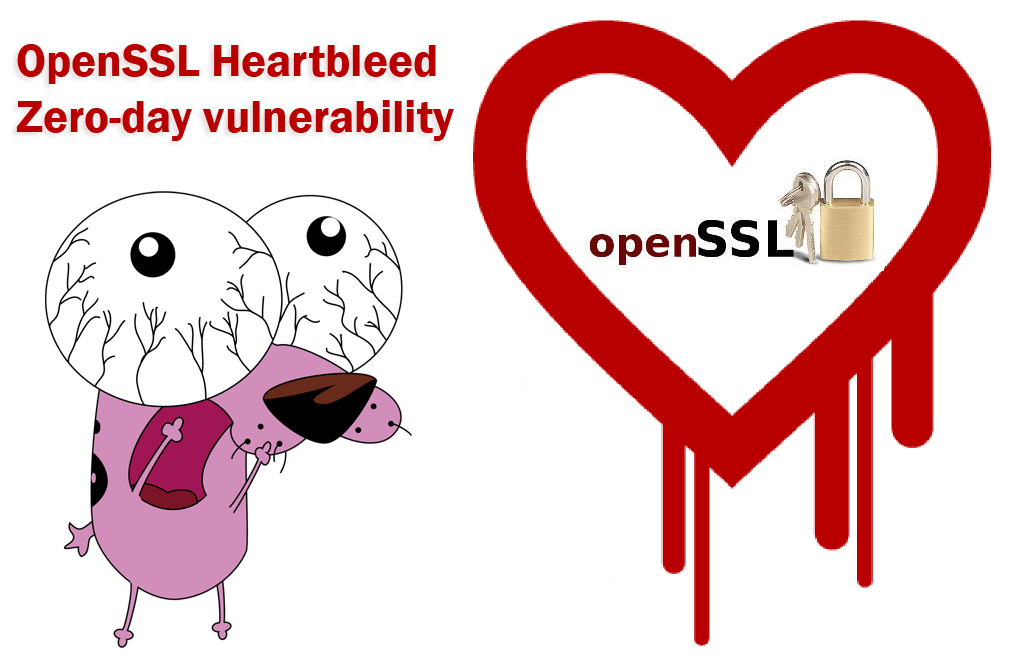The Heartbleed bug allows anyone on the Internet to read the memory of the systems protected by the vulnerable versions of the OpenSSL software. This compromises the secret keys used to identify the service providers and to encrypt the traffic, the names and passwords of the users and the actual content. This allows attackers to eavesdrop on communications, steal data directly from the services and users and to impersonate services and users.
Which sites have patched the Heartbleed bug?
What leaks in practice?
We have tested some of our own services from attacker's perspective. We attacked ourselves from outside, without leaving a trace. Without using any privileged information or credentials we were able steal from ourselves the secret keys used for our X.509 certificates, user names and passwords, instant messages, emails and business critical documents and communication.
THE INTERNET’S TELLTALE HEARTBLEED
How to stop the leak?
As long as the vulnerable version of OpenSSL is in use it can be abused. Fixed OpenSSL has been released and now it has to be deployed. Operating system vendors and distribution, appliance vendors, independent software vendors have to adopt the fix and notify their users. Service providers and users have to install the fix as it becomes available for the operating systems, networked appliances and software they use.

Q&A
What is the CVE-2014-0160?
CVE-2014-0160 is the official reference to this bug. CVE (Common Vulnerabilities and Exposures) is the Standard for Information Security Vulnerability Names maintained by MITRE. Due to co-incident discovery a duplicate CVE, CVE-2014-0346, which was assigned to us, should not be used, since others independently went public with the CVE-2014-0160 identifier.
Are Sites You Visit Vulnerable to Heartbleed Security Flaw?
Why it is called the Heartbleed Bug?
Bug is in the OpenSSL's implementation of the TLS/DTLS (transport layer security protocols) heartbeat extension (RFC6520). When it is exploited it leads to the leak of memory contents from the server to the client and from the client to the server.
What makes the Heartbleed Bug unique?
Bugs in single software or library come and go and are fixed by new versions. However this bug has left large amount of private keys and other secrets exposed to the Internet. Considering the long exposure, ease of exploitation and attacks leaving no trace this exposure should be taken seriously.
Has the NSA Been Using the Heartbleed Bug as an Internet Peephole?

Is this a design flaw in SSL/TLS protocol specification?
No. This is implementation problem, i.e. programming mistake in popular OpenSSL library that provides cryptographic services such as SSL/TLS to the applications and services.
What is being leaked?
Encryption is used to protect secrets that may harm your privacy or security if they leak. In order to coordinate recovery from this bug we have classified the compromised secrets to four categories: 1) primary key material, 2) secondary key material and 3) protected content and 4) collateral.
Read full text - http://heartbleed.com




Share the News